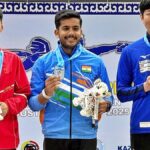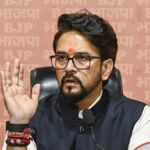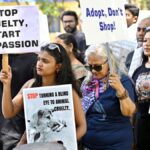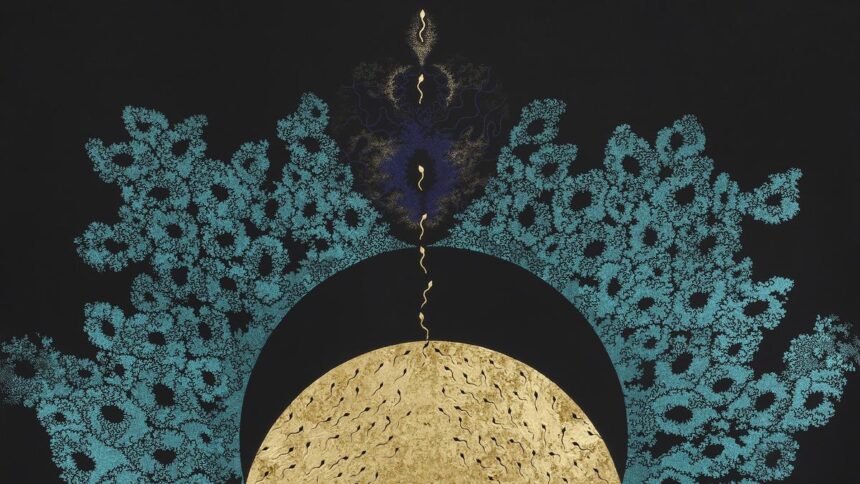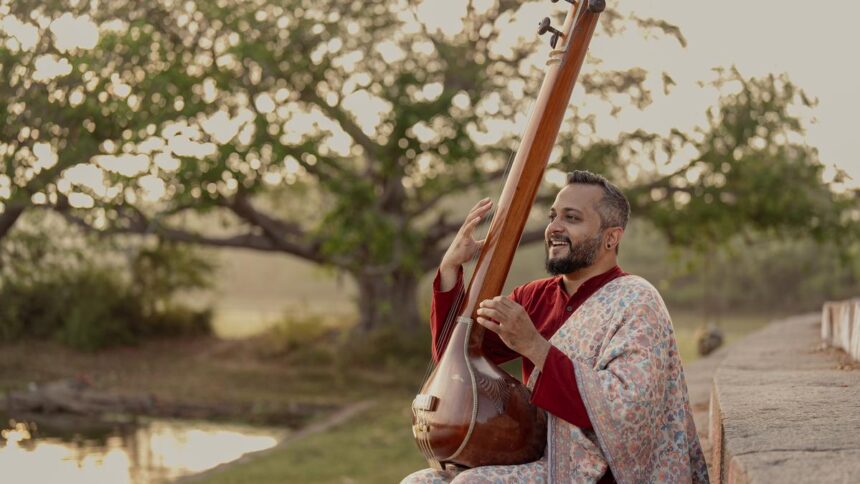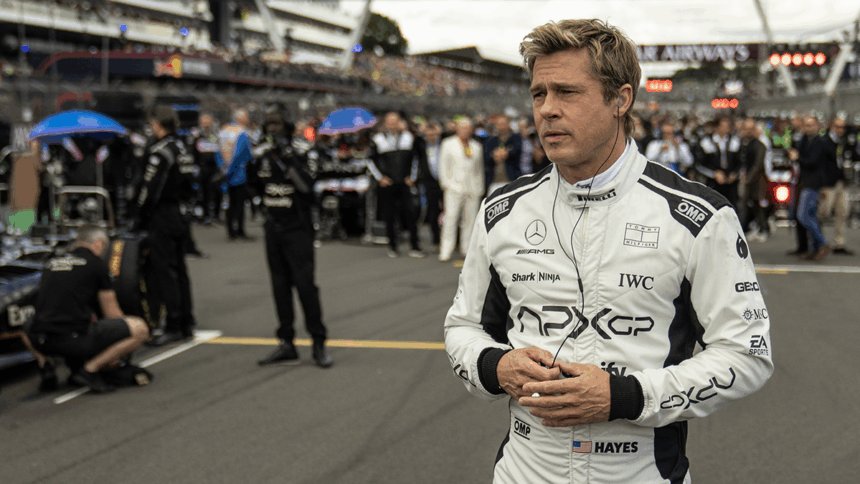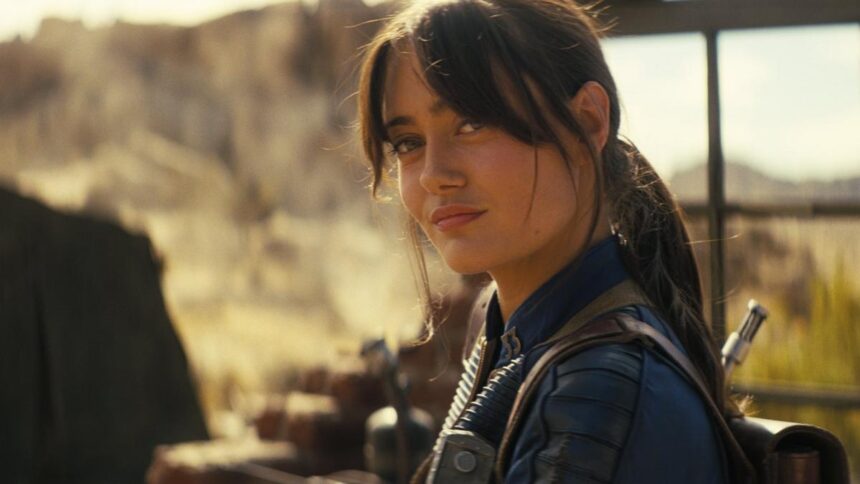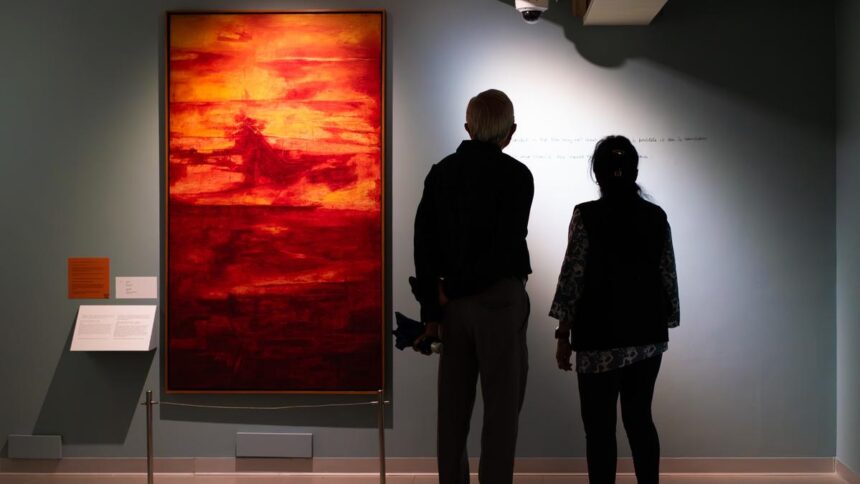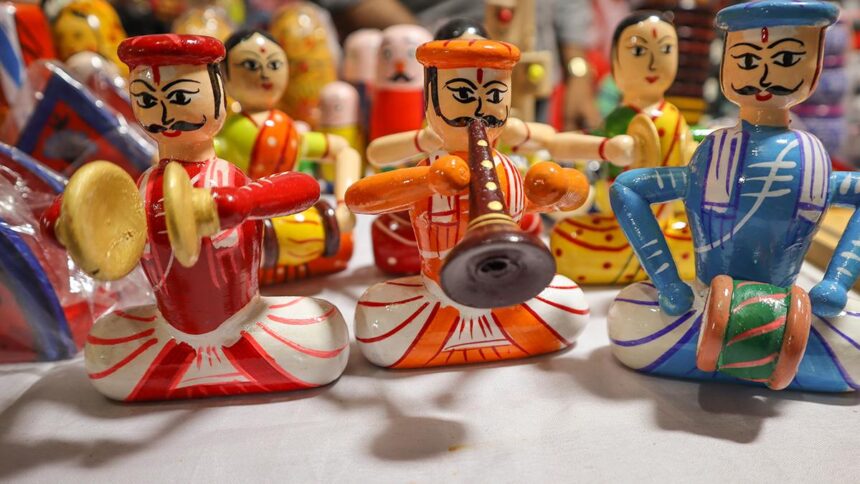
Documentary filmmaker Rakesh Sharma.
| Photo Credit: S.R. Praveen
Faced with communal violence in his neighbourhood in Mumbai in 1992, Rakesh Sharma’s first instinct was to organise a relief camp, which he and his friends ran at Jogeshwari for about a year, until new homes were built for the victims. They lent legal help too, to file FIRs and get compensation. But a decade later, when he witnessed the Gujarat riots of 2002, he knew he had to intervene as a filmmaker. Thus was born Final Solution, one of the seminal works of Indian documentary filmmaking.
“It was my attempt at intervention, a forewarning that I was shouting from rooftops that if we don’t check this kind of communal politics, it is going to destroy the social fabric. We have seen what happened after that and in the 23 years since then,” says Mr. Sharma in an interview to The Hindu during the 17th International Documentary and Short Film Festival of Kerala (IDSFFK), where he is being honoured with a Lifetime Achievement Award.
Initially, he could not handle what he witnessed at the Shah Alam relief camp in Ahmedabad, with him shutting down the shooting after a day, overwhelmed by the scale and nature of what had happened.
“I was no stranger to communal violence, but what had happened in Gujarat was at another scale, as if another face of organised violence had been unleashed in cahoots with the State, not just vigilantes, but cops and the State working in tandem with the vigilantes. The nature and the sheer depravity of the violence shook me to my core. I shut down as a human being and as a filmmaker. I couldn’t keep filming. But after some weeks, a fierce sort of political instinct triggered in me that we were witnessing the advent of something new and I had to intervene as a filmmaker,” he says.
Having begun his career assisting Shyam Benegal in filming Discovery of India (Bharat Ek Khoj), he says he did “eight years of corporate slavery” to buy his freedom. The work he did in launching Channel V and later Star Plus in a way funded his documentary making. “So, people like Rupert Murdoch have ended up funding Final Solution,” he quips.
While his documentary Aftershocks was narrated in first person, Final Solution does not have a voiceover. It is just sequence after sequence of the victims and perpetrators of the Gujarat riots speaking on camera, interspersed with visuals of the riot aftermath and speeches from the Gaurav Yathra led by the then Gujarat Chief Minister Narendra Modi and other Sangh Parivar leaders.
“It was a deliberate choice not to use voiceovers, because then people would concentrate on the kind of words that are being used. I have been told by people everywhere that the film is balanced, because I am showing the victims and the perpetrators. As a filmmaker, I know that it is anything but balanced. I have a very specific point of view and I make no bones about it. So it was a very deliberate act of structuring the film, shooting it and presenting it in a certain style,” he says.
Mr. Sharma says he didn’t want to preach to the choir or to the fundamentalists. He wanted to target the majority who are ambivalent or apathetic or just too busy earning a living or are victims of misinformation and propaganda. “To speak to this 80%, I had to construct in such a manner that the narrative was unfolding in front of them so that they could in their mind assess for themselves and form an opinion,” he says.
To the question how difficult would it be to make a film like Final Solution now – based on any of the many communal flare ups from recent years – Mr. Sharma says, “You would need navigational skills in these hostile conflict terrains. I might not be able to do it as I have been subjected to WhatsApp campaigns, is recognised and facing threats of various kinds. But for others who are under the radar, it is possible. I knew that the State would at some point come after me. So I had a protocol set up with two friends that I would call one of them every evening at a particular time. If that didn’t happen, the assumption was that I have already been picked up and they have to move a Habeas Corpus petition that morning itself. For filmmaking of this kind, you need a contingency plan, so that you are not caught by surprise when something unfolds.”
Published – August 24, 2025 08:59 pm IST





